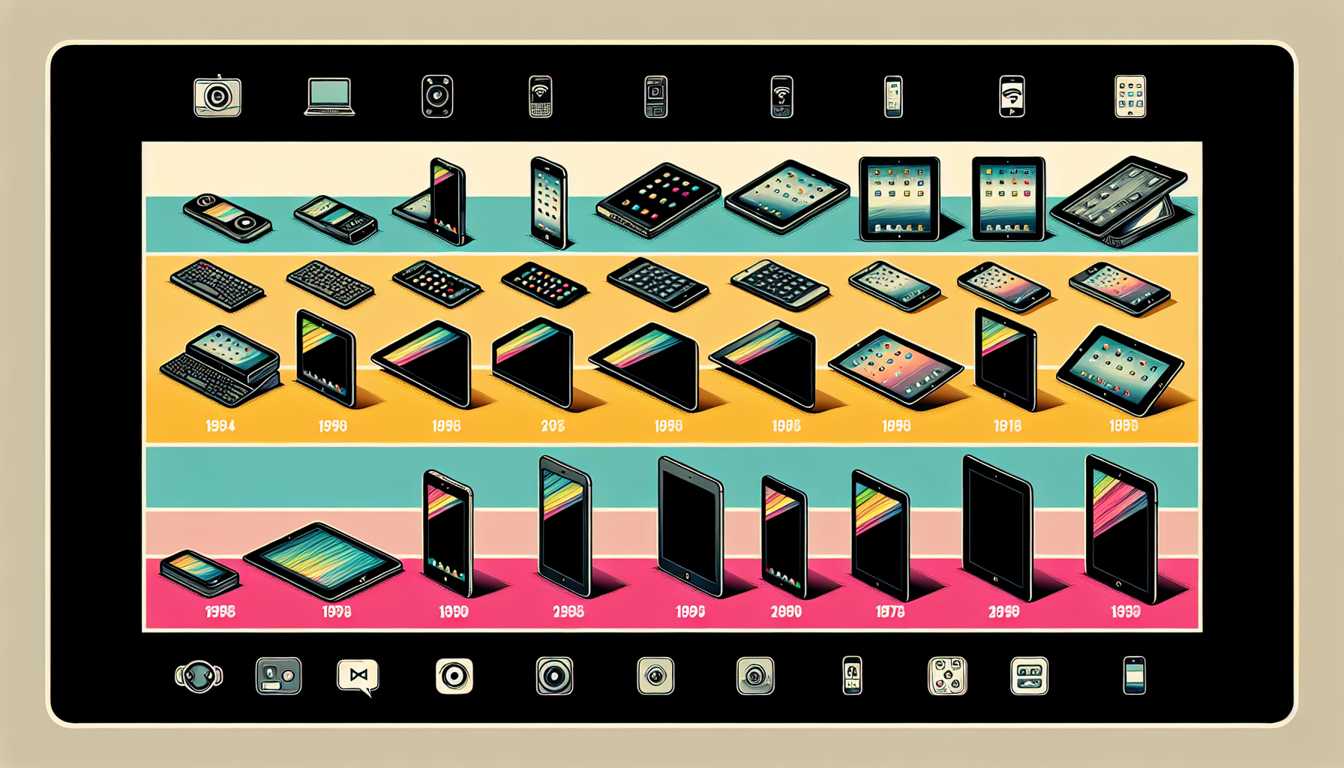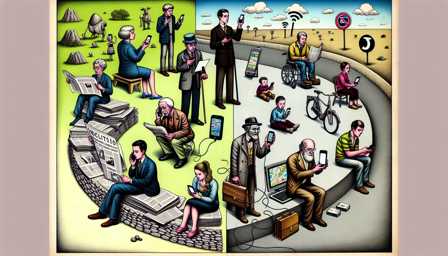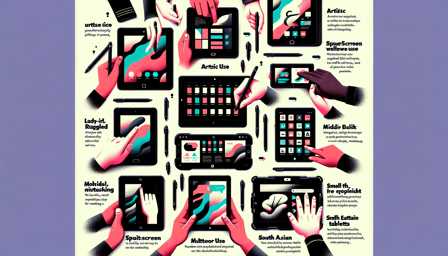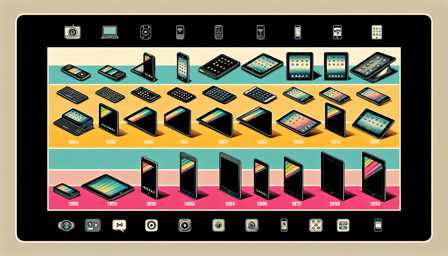
The Evolution of Tablets: A Decade of Digital Innovation
The last decade has witnessed a remarkable evolution in the world of tablets, transforming them from niche devices into essential tools for work, education, and entertainment. This article explores the journey of tablet technology over the past ten years, highlighting key developments, influential products, and the impact of these devices on various aspects of daily life.
The Early 2010s: The Birth of Modern Tablets
The Rise of the Apple iPad
The decade began with the launch of Apple's iPad in 2010, a device that redefined what a tablet could be. The iPad, with its 9.7-inch touchscreen, sleek design, and intuitive user interface, offered a new way to consume media, browse the internet, and play games. It was not the first tablet ever made, but it was the first to achieve widespread commercial success, setting the standard for future devices.
Android Enters the Market
Following the iPad's success, Android-based tablets such as the Samsung Galaxy Tab and Google Nexus 7 entered the market. These devices offered an alternative to Apple's ecosystem, featuring various sizes, customizable interfaces, and often lower price points. The competition between iOS and Android spurred rapid advancements in hardware and software, benefiting consumers with more choices.
Mid-2010s: Refinement and Diversification
Improved Hardware and Software
As the tablet market grew, so did the devices' capabilities. Higher resolution screens, faster processors, and increased battery life became standard. Apple introduced the iPad Air and iPad Mini, offering different sizes and power levels to cater to various needs. Meanwhile, Android tablets like the Samsung Galaxy Tab S series pushed the boundaries with AMOLED displays and multi-tasking capabilities.
Tablets for Productivity
The mid-2010s saw tablets transitioning from primarily media consumption devices to productivity tools. Microsoft's Surface Pro series, which debuted in 2013, played a significant role in this shift. These devices, running a full version of Windows, featured detachable keyboards and stylus support, effectively bridging the gap between tablets and laptops.
Late 2010s to Early 2020s: The Era of Versatility
The Professional Turn
Apple's launch of the iPad Pro in 2015 marked a significant step towards professional-grade tablets. With powerful processors, large, high-quality displays, and the introduction of the Apple Pencil, the iPad Pro appealed to creative professionals and business users alike. Similarly, Microsoft continued to refine its Microsoft Surface lineup, further enhancing the laptop-tablet hybrid concept.
Educational and Entertainment Shift
Tablets also found a new role in education and entertainment. Devices like Amazon's Fire HD Kids Edition became popular for children, offering robust parental controls and educational content. In entertainment, the integration of high-quality cameras, augmented reality capabilities, and gaming-friendly features made tablets a go-to device for multimedia experiences.
The 2020s: A New Era of Integration and Innovation
Integration with Ecosystems
The current decade has seen tablets becoming more deeply integrated with broader tech ecosystems. Apple's iPadOS, a derivative of iOS specifically for iPads, offered improved multitasking and better integration with the iPhone and Mac. Android tablets, particularly those from Samsung, began to offer similar integration with Android phones and other smart devices.
Emerging Technologies
The latest tablets are now exploring new technologies like foldable displays and 5G connectivity. Samsung's Galaxy Z Fold series and other foldable devices hint at a future where tablets and phones merge into versatile, all-in-one devices. Additionally, the integration of 5G enables faster, more reliable internet access, making tablets even more powerful tools for remote work and streaming media.
Conclusion: A Future Unfolding
Over the past decade, tablets have evolved from simple media consumption devices to versatile tools capable of handling a wide range of tasks. From the pioneering iPad to the innovative Surface Pro and the multifaceted Android tablets, these devices have adapted to the changing needs of consumers. With emerging technologies like foldable screens and enhanced connectivity options, the next decade promises to be even more exciting for the world of tablets. As they continue to evolve, tablets will undoubtedly play an increasingly vital role in our digital lives, blending mobility, power, and convenience in ways we are just beginning to explore.




